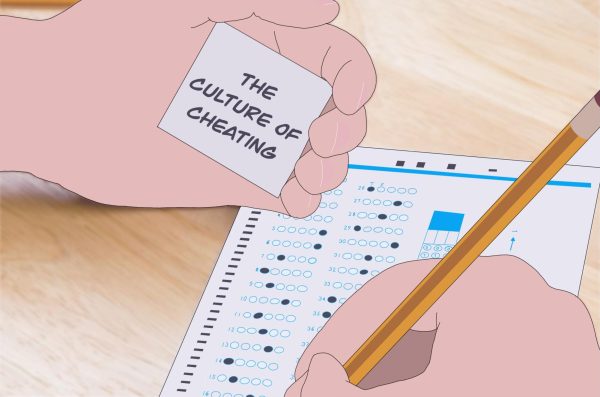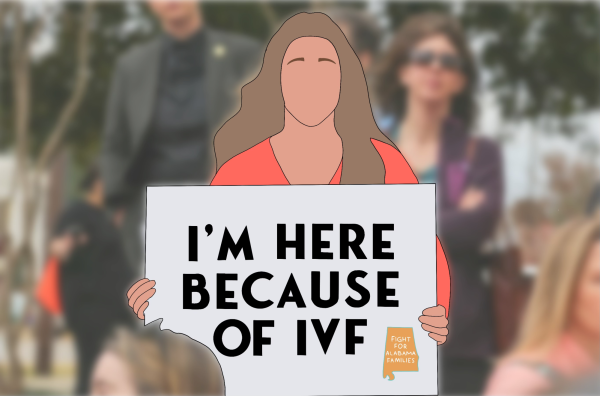Should College Acceptance be Influenced by Economic Status?
Sophomore Sam White plans for the future by looking into college scholarships.
Oct 6, 2016
Every year, colleges become more and competitive by raising their admission standards. However, colleges are raising their standards on applicant’s economic status and sometimes even favoring wealthier students since they are more likely have the means to pay the college’s high cost of attendance. It is important for colleges to take into account that without scholarships, students from impoverished backgrounds will not have the same opportunity as others to exceed in academically. Therefore, schools should be required to have the same admissions rate for students of all socio-economic backgrounds.
“I want to believe my soci0-economic class does not really matter, at least not in my case. I have worked really hard these past three years at Gables and I have already applied to a variety of schools. My chances are the same as any other student and I hope colleges do not base the possibility of my acceptance of something like my economic status,” senior Jenevy Nunez said.
In 2013, a study by Sallie May found students from wealthier backgrounds have a 36% chance of getting scholarships, while students from impoverished backgrounds have a 35% chance of getting scholarship money. The school’s population is not going to have a proportionate amount of students from different socio-economic groups if they are favoring wealthy students. The study also displayed families with a yearly income lower than $35,000 received $7,237 worth in scholarship money compared to families who make a yearly income above $35,000 received $10,213 in scholarships.
However, some schools do in fact have programs specifically for students from low-income families and many times some scholarships are created specifically for these students. That being said, students that fall in between low-income and wealthy families are left struggling to find more than just merit scholarships. Schools should take into consideration the quality of applicants and look at them holistically rather than just how many dollar signs are in their family’s bank account.
Many colleges in the U.S recruit students from wealthier backgrounds through Early Decision, approximately 50-60% of freshmen classes, giving these students unfair advantages compared to those who do not have that option. Early Decision is a binding contract which forces students to go to the college they applied to if they were accepted, regardless of how much financial aid the school is willing to provide. This gives those students from a lower socio- economic background a lower acceptance rate.
Another factor that plays a role in high acceptance rate for high-income families is simply the fact that they can invest more money in tutoring for standardized test to get those perfect scores. By taking tutoring classes, these students learn strategies for taking the test that other students will not know on test day. In theory, students from lower income families that cannot afford tutoring could study themselves and persevere through their situation, however, self studying is not the same as having a tutor sit down with you when aiming for that high score.

By giving the the socio-economic elite more scholarship money than the poor, colleges continue to add to the overwhelming examples of how the rich in this country have an advantage over the rest of the population
— sophomore, Sam White
Most students need financial aid to be able to attend the college of their dreams. With programs like Early Decision and wealthier students being recruited internationally, schools do not have the proper diversity of students from different socio-economic backgrounds. This is a growing problem in the United States and more schools should be making the effort to change it.























